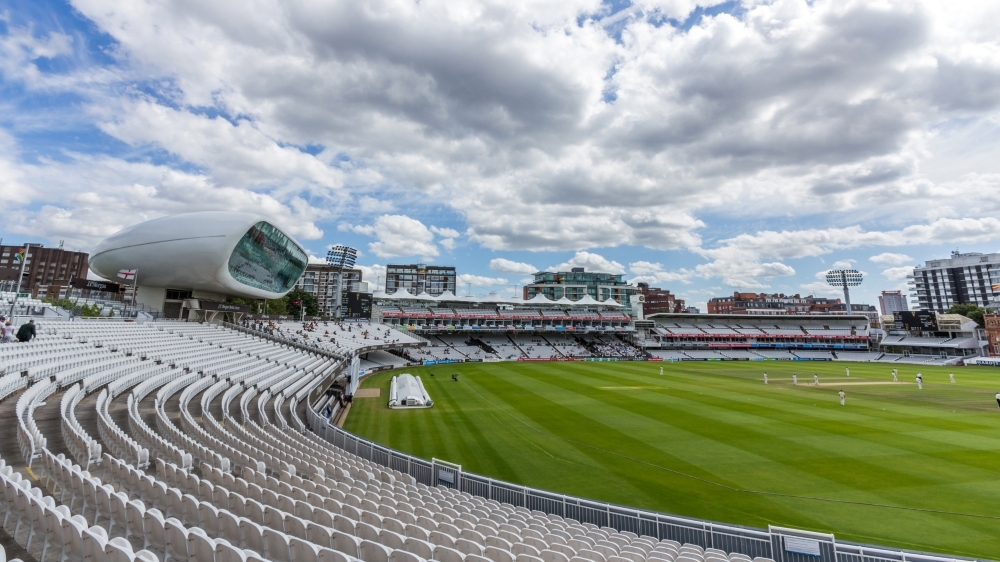Best Areas to Live in Kent
Kent, a county located in southeast England, is poised on the Gateway to Europe. A miscellany of scenic villages, rolling vineyards, wild woodlands, and teal beaches, Kent is known as “Garden of England.” Armed with an attractive real estate market, prestigious schools, and a vibrant cultural heritage, the county is a coveted homestead for Britains and expats alike.

Kent also boasts a promising economy, driven by the viticulture, hospitality, and construction industries. As the oldest county in the UK, its tourism sector is particularly prosperous, contributing £3.8 billion to the country’s economy. Notably, Kent hosts over 3,500 manufacturing companies, in addition to managing international trade worth £122 billion through the Port of Dover, forging a promising commercial landscape.
Kent offers a holistic life –from pastoral quietude and metropolitan bustle to familial communities and outdoor adventures, read on to discover the best areas to live in Kent.
Maidstone
Maidstone is the largest town in Kent, lying by the River Medway. It has been a market town since mediaeval times and went on to prosper immensely with burgeoning brewing and agriculture industries. Its strategic location by the river made it a pivotal centre of national and international trade. The town has been the site of seismic historic events, such as the Battle of Maidstone during the English Civil War.
Today, Maidstone is identified with boundless orchard fields, hop gardens, and bucolic neighbourhoods. Landmarks such as the stunning Leeds Castle and the Edwardian Archbishops' Palace enhance the town’s romantic allure. Paper and packaging, medicine, and technology are some of the main sectors driving Maidstone’s economy.
Allington is an ideal neighbourhood for families, given the presence of numerous schools, open spaces, and entertainment venues. Bearsted, Invicta Park and Ringlestone are among the best neighbourhoods here, boasting excellent infrastructure and an attractive housing market.
The average house price in Maidstone is £358,186.
Also Read: The Best Places to Live in The UK
Canterbury
A UNESCO World Heritage Site of Chaucer fame, Canterbury is famously the haunt of poets and artists. Perched on the River Stour, Canterbury is defined by its eponymous cathedral, the symbolic leader of the worldwide Anglican Communion. Notably, the Canterbury Cathedral dates to 597 AD, making it one of the oldest Christian structures in the world.
Filled with winding cobbled streets, timber-framed cottages, creaking libraries, and vibrant markets, Canterbury epitomises the enchantment of quintessential English towns.
Resplendent heritage sites, such as the Norman Canterbury Castle, the ancient ruins of St. Augustine's Abbey, and Britain's oldest public school, beautifully underscore the unique essence of this town.
Canterbury’s economy is driven by education, retail, healthcare, hospitality, and tourism. The town is filled with picturesque homes, swanky boutiques, grammar schools, and Instagrammable leisure venues like cafes and restaurants, making it an enviable postcode on all fronts.
St. Dunstan’s and Wincheap are popular family-friendly suburbs in the town, while St. Stephen's and Old Dover Road mainly attract young professionals. The average property price in Canterbury is £334,378.
Also Read: Best Places To Live Nottingham
Sevenoaks
Sevenoaks is a wooded district located 21 miles southeast of London. Dating to the 13th century, it was a humble market settlement. In the 15th century, the Knole – a majestic townhouse that served as the archbishop's palace — was constructed.
Housing aristocrats and archbishops for centuries, this celebrated residence catalysed the settlement’s development. The Knole is one of England’s crown jewels, fitted with 365 lavish rooms, 52 grand staircases, and seven courtyards in addition to expansive gardens and parks.
Today, Sevenoaks is known for its splendid cityscape, marked by stately homes, wooded trails, leafy alcoves, and charming markets. The town’s vineyard is esteemed all across England for its full-bodied wines, and its schools are a class apart. Finance, construction, and business services dominate Sevenoaks’ economy.
Sevenoaks is one of Kent’s most affluent locales. KentLive named Sevenoaks the most expensive town in Kent, with Pembroke Road being the town’s most expensive street, where house sale prices average at £2,246,250.
Also Read: Best Areas in Leeds
Royal Tunbridge Wells
Royal Tunbridge Wells is one of the most regal towns in Kent, adorned with manors, manicured gardens, and moated castles. It rose to prominence in 1606 when a courtier of James I discovered a chalybeate spring in the region, which supposedly cured his ailments and blessed him with overall wellbeing. This led to a meticulous rebuilding of the town, creating a sophisticated resort retreat – Queen Victoria was one of its most notable and ardent patrons. Before she became Queen, a young princess Victoria spent much of her time visiting Kent mainly staying in Ramsgate and Tunbridge Wells.
Besides the springs, the town is famous for the 175-yard-long promenade called the Pantiles – a Georgian colonnade lined with luxury boutiques, art galleries, restaurants, and bars. A majestic shopping haven, the town is also filled with esteemed grammar schools, a museum, a theatre, and lush open spaces.
Retail, hospitality, business, and public administration form the backbone of the town’s economy. The Village is the town’s most affluent and coveted neighbourhood. Hungershall Park, St. Johns, and Nevill Park are other popular colonies here.
The average house price in Royal Tunbridge Wells is £541,244.
Also Read: Best Areas in Liverpool
Cranbrook
Cranbrook is a town and civil parish located in the heart of the Weald of Kent. The site has been occupied since the Roman era but developed significantly in the mediaeval period when Edward III brought Flemish weavers to the region to grow the Wealden cloth industry. With fertile lands and stream-fuelled mills, Cranbrook flourished as a prominent cloth centre and market town in the Weald.
Cranbrook brims with charming timber-framed cottages, local shops, cosy cafes, vineyards, and traditional pubs. There are weekly farmers’ markets, in addition to landmarks such as Sissinghurst Castle, Bodiam Castle, and the moated Scotney Castle. Clothing, viniculture, tourism, and technology are vital industries in Cranbrook. With its assemblage of grammar schools, close-knit community life, and pastoral charm, Cranbrook is great for families.
Typically, detached properties in Cranbrook are worth £889,700. Semi-detached and terraced homes cost about £474,375 and £308,650, respectively.
Also Read: Best Places to Live In Sheffield
Ramsgate
Ramsgate is a charming seaside town in the Thanet district of Kent.
Initially a modest fishing hamlet, it rose to become a member of the Confederation of Cinque Ports (a league of coastal towns in southeast England created for military and trading purposes).
Ramsgate was immensely enriched by its trading ventures, as it is located close to mainland Europe. By the 19th century, it was one of England’s most fashionable coastal towns. An old railway guide emphatically praised Ramsgate: “It is impossible to speak too favourably of this first-rate town—its glorious sands, its bathing, hotels, libraries, churches, and its bracing climate.” Vincent van Gogh moved to this town in 1876.
Rich in maritime history, Ramsgate is renowned for being the only royal harbour in the UK. The town is also loved for its scenic coastline, historic landmarks like the Minster Abbey and Ramsgate Tunnels, and elegant Georgian homes. Seafront restaurants, cafes, and pubs are in abundance, in addition to breathtaking walking trails. There are also scores of nurseries, primary schools, and grammar schools.
Fishing, tourism, and hospitality are the main industries here – the town is home to over 800 marine-related businesses. The average house price in Ramsgate is £283,001.
Also Read: Best Areas to Live In York
Kent presents the best of all worlds, from charming countrysides to exciting cities and rugged natural landscapes. Brimming with commercial potential and staggering beauty, there’s little left to be missed here. From the orchard flourish of Maidstone to the briny beauty of Ramsgate, these are the best areas to live in Kent.



